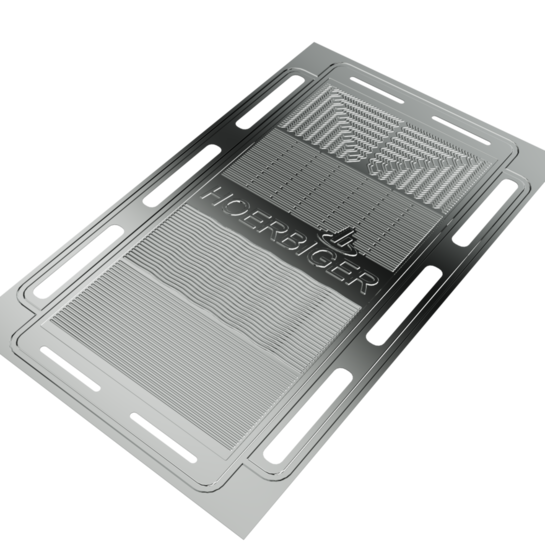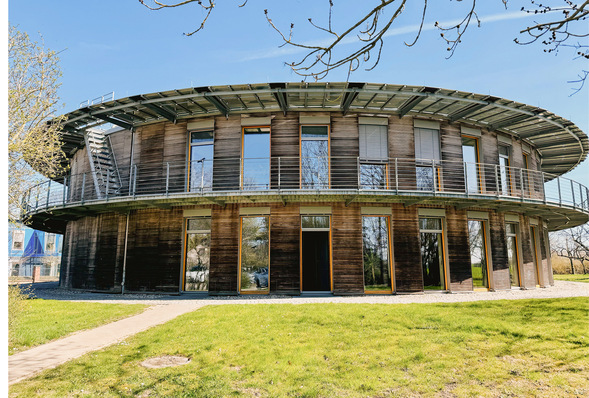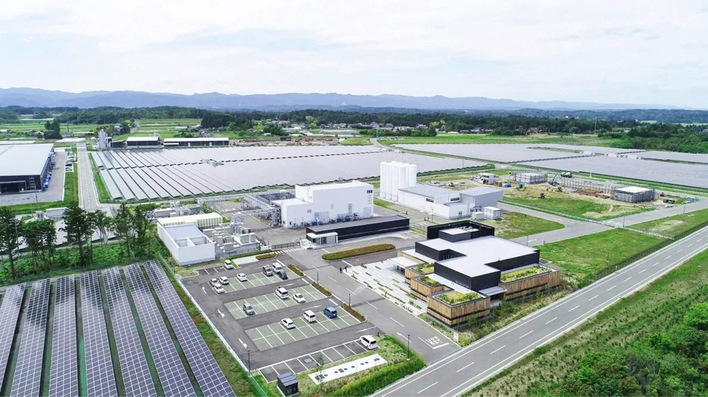A maturing industry can often be recognized by the increasing integration along its value chain. Companies form partnerships, align their technologies, and deliver turnkey solutions tailored to specific customer segments rather than just supplying individual materials or components. A prime example of this trend is the collaboration between Hoerbiger and James Cropper, who have jointly developed a customer-specific solution for metallic bipolar plates (BPP). Development, production, and validation of the BPPs are now all handled in-house by Hoerbiger. This is expected to reduce logistical complexity by up to 80% — even if quantifying "complexity" in percentage terms remains somewhat abstract.
Production volumes are flexible. Hoerbiger can manufacture small prototype batches in-house, consisting of just a few units, while also offering scalability up to eight million BPPs per year. This flexibility is intended to help customers scale their own manufacturing operations more easily.
Customizable design within standardized processesDespite the high degree of flexibility, certain parameters are fixed. Hoerbiger uses titanium of purity grade 1 and stainless steel as base materials. Plate thickness can be customized between 0.1 and 1 mm, depending on customer requirements. Hoerbiger leverages its extensive experience in metal forming from the automotive sector.
The specification of "up to 3,000 cm² and beyond" for the active area is somewhat open-ended. The companies promise a high degree of design freedom in plate forming, relying on processes adapted from the automotive industry. When plates are manufactured as half-shells, they are joined using advanced laser welding techniques.
For surface coating, the companies use Resilion, a material proven in the automotive sector. It protects the plates from undesirable effects such as oxidation, hydride formation, and hydrogen embrittlement, while also improving resistance to fluoride ions. This enhances the durability of the plates and, by extension, the entire stack. For sealing, customers can choose from various materials such as fluorocarbon rubber (FKM), EPDM, and silicone rubber, which can be applied via injection molding or dispensing systems. Additional steps, such as a pre-sealing cleaning process, are optional. The companies emphasize strict quality control and report an exceptionally low leakage rate of 7.2·10⁻⁷ mbar·L/s at 1 bar overpressure.






